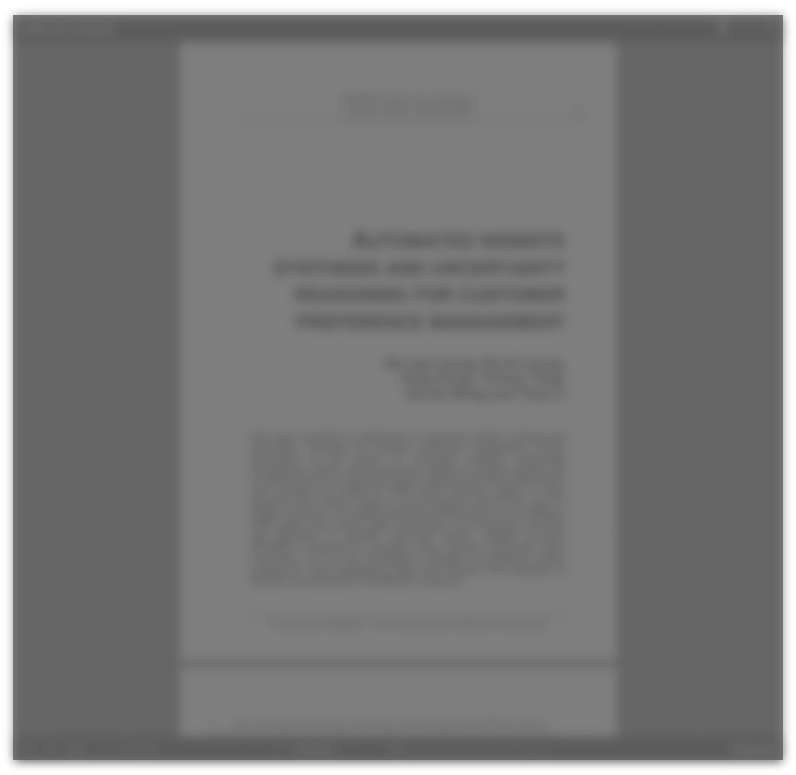Abstract:
When the results of two surveys based on various samples are to be used simultaneously, a merged file will be generated by grouping individuals from both origins, according to certain criteria. If the explained variables (behavioural), special to each of the A and B surveys to merged, are closely correlated, whereas they offer but few relationships with the usual socio-demographic characteristics common to both surveys, the link between behaviours described by A and B, which subsists after merging, is almost entirely due to random marriages between individuals. To get rid of this difficulty, two methods have been proposed: - some surveys dealing at once with all the behavioural information that are to be put in conjunction: all media and product surveys (AMPS) - some reduced surveys limited to some strongly correlated questions from A and B: bridge surveys. As the problem of merging listenership and readership surveys arises in assessing media campaigns, the Orphee Association (Havas, Publicis and SINCRO) has carried out the following experiments.







